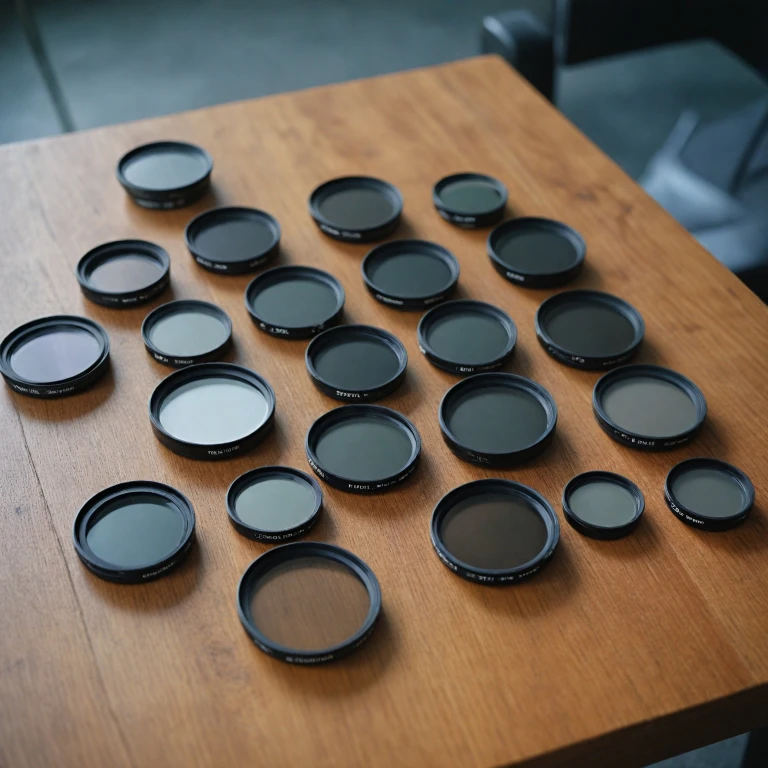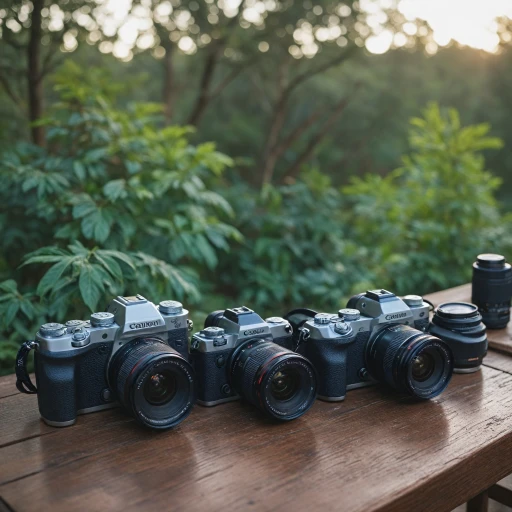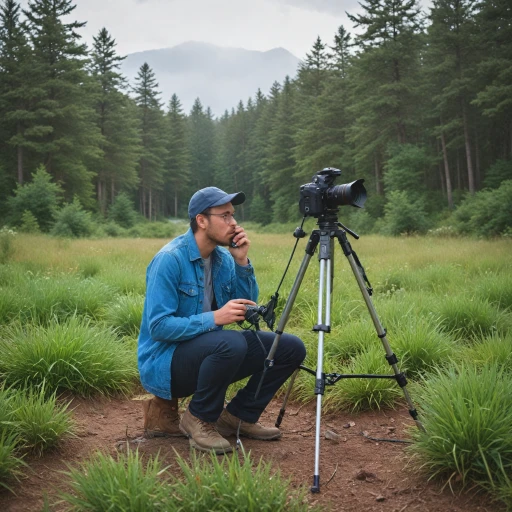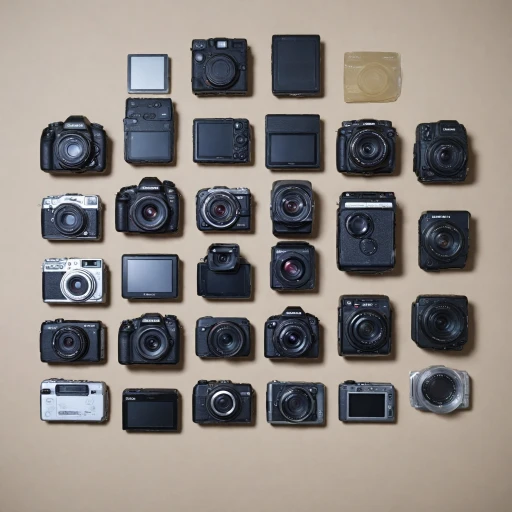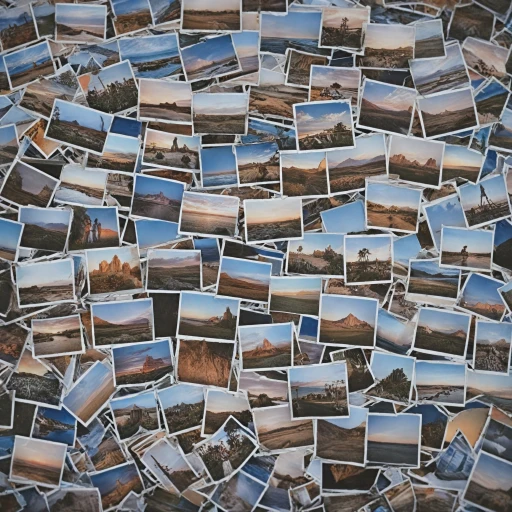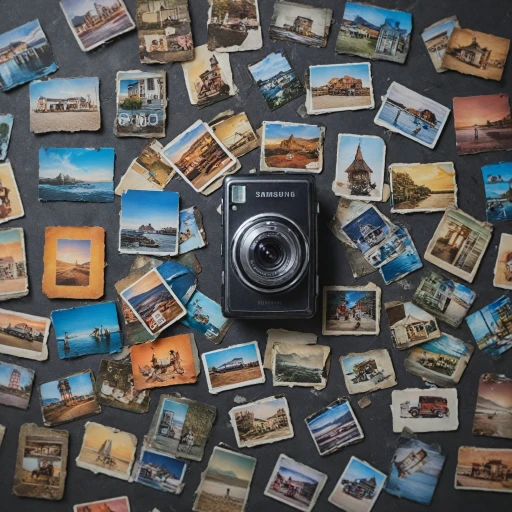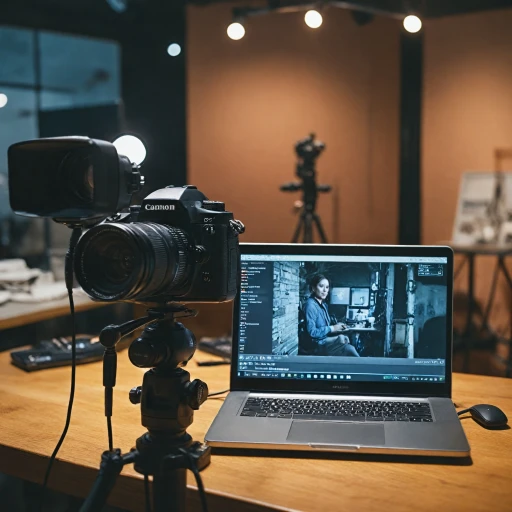
Understanding Neutral Density Filters
Decoding the Basics of Neutral Density Filters
Neutral density (ND) filters are a cornerstone in the landscape of photography, renowned for their ability to manage exposure times and expand creative possibilities. Unlike other lens filters that can affect image color, ND filters are designed to reduce the amount of light entering the camera without altering the color cast, making them an essential tool for photographers seeking to enhance image quality. To understand ND filters, think of them as sunglasses for your camera lens. They come in varying degrees of darkness, commonly referred to as "stops," which determine how much light is reduced. This reduction in light can facilitate achieving longer exposure times, allowing photographers to capture stunning long exposure images, such as smooth waterfalls or dreamy cloud movements. The best ND filters, such as those from Hoya or Singh Ray, boast high quality and minimize vignetting or color shift. By incorporating the right density filter, photographers can effectively control shutter speed and aperture to craft the best exposure for their scene. Choosing the right filter can be likened to finding the perfect camera bag. It’s about understanding your equipment and what suits your photography style and needs best. Find the perfect camera bag for your needs here. In summary, ND filters offer photographers elegant control over light and exposure, allowing for exploration and creativity in every captured image.Types of ND Filters and Their Uses
Discovering the Variety of ND Filters and Their Specific Uses
When it comes to digital photography, understanding the different types of neutral density filters is crucial for capturing the best images. Each type has its unique characteristics, designed to help photographers manage light exposure in various situations. Let’s explore the different types and their specific uses:
- Fixed ND Filters: These filters offer a constant amount of light reduction, measured in stops, allowing photographers to set a consistent exposure time. They are excellent for long exposures and minimizing light when shooting in bright conditions.
- Variable ND Filters: Also known as adjustable filters, these offer flexibility in reducing light in variable stops by simply rotating the filter. This makes them ideal for dynamic shooting scenarios where changing lighting conditions demand swift shutter speed adjustments.
- Graduated ND Filters: These filters are darker on one side and gradually transition to clear, perfect for balancing exposure between the sky and the ground in landscape photography. Graduated filters prevent color cast and preserve image quality.
- Big Stopper: A popular choice for long exposures, this type dramatically reduces light, typically by ten stops or more. It allows for dramatic effects such as smoothing water or creating cloud streaks in sky photography.
Choosing the right ND filter involves considering the intensity of light reduction, commonly referred to as stops. They are specifically designed to help control exposure, prevent color shift, and maintain white balance, yielding high-quality images.
For photographers seeking versatility, variable filters can prevent vignetting while offering flexibility in multiple shooting conditions. On the other hand, fixed filters ensure consistent exposure times, especially beneficial when you’re seeking to minimize post-processing efforts.
The best filters often come from reputable brands like Hoya and Singh Ray, known for their precision in crafting lens filters that enhance image quality without introducing unwanted artifacts.
For a comprehensive guide on utilizing specific lenses with ND filters, consider exploring the versatility of Leica R lenses, which can offer additional insights into pairing your camera equipment effectively.
Choosing the Right ND Filter for Your Needs
Finding Your Ideal Neutral Density Filter
Choosing the right neutral density filter can be a daunting task given the variety of options available. To make an informed decision, consider the following factors that can impact your photography results and overall experience with these essential lens filters.
Light Reduction Levels: Filter Stops
The main purpose of an ND filter is to reduce the amount of light entering your lens. Filters are classified by their light-stopping power, often indicated in 'stops.' A stop refers to the doubling or halving of the light that hits the sensor. For long exposures or shooting in bright daylight, a denser filter with more stops might be suitable, allowing for slower shutter speeds and greater motion blur effects.
Fixed vs. Variable ND Filters
Another important consideration is choosing between a fixed or variable ND filter. Fixed filters provide a constant degree of light reduction, making them more reliable in terms of maintaining color consistency. However, variable filters offer the flexibility to adjust the density without changing filters, ideal for photographers who frequently change lighting conditions. That said, variable filters can sometimes introduce vignetting or color shift, affecting image quality.
Size and Compatibility with Your Lens
The size of the filter must match your lens diameter for proper fit. Ensure that your chosen ND filter is compatible with your camera system, and double-check the lens thread size. This ensures not only the best fit but also optimal performance without risking light leaks or vignetting issues.
Material and Build Quality
The quality of the material can significantly impact your photographs. Premium ND filters, such as those from Singh Ray or Hoya, are made from high-quality glass providing superior image clarity and minimal color cast. Investing in a well-constructed big stopper can be particularly beneficial for long exposure photography where you’ll want to prevent any light leaks for the best image quality.
Photographic Intent and Post-Processing
Your photographic style will also influence your choice of ND filter. For example, landscape photographers aiming for serene water surfaces or exaggerated motion blur will benefit from denser filters. Furthermore, consider your skills in post-processing; ND filters can alter white balance, making it crucial to be prepared for adjustments in post to neutralize any unintended color shifts.
For photographers looking to maximize storage efficiency, understanding the capacity of a 32GB memory card is an additional checklist item when planning long photographic sessions with varying exposure times.
Top ND Filters on the Market
Filters that Stand Out in the Market
When it comes to selecting the best neutral density filters, both quality and functionality are key considerations. As you delve into your photography needs, here are some top filter options to elevate your imagery.
- Hoya Pro ND Series: Known for their optical excellence, the Hoya Pro ND series offers superior image quality with minimal color cast, making them a popular choice among photographers. Their multi-coated design controls reflections and reduces flare, ensuring clear long exposure images.
- Big Stopper from Lee Filters: If long exposures are your main focus, the Big Stopper is a formidable contender. Providing ten stops of light reduction, this filter allows for spectacular shots in daylight scenarios, enhancing creative possibilities without affecting the color of the image.
- Singh Ray Vari-ND: As a variable filter, the Singh Ray Vari-ND provides remarkable control over exposure times. It ranges from two to eight stops and is particularly effective for adjusting shutter speed without swapping filters, though it might introduce slight vignetting at wider angles.
- NiSi ND Filters: With a reputation for producing minimal color shift, NiSi ND filters offer excellent color accuracy and sharpness. Their innovative design includes nano coating to repel water and oil, simplifying maintenance and extending their lifespan.
When considering the best fit for your camera and photography style, balance the density, quality, and specific features each filter provides. Understanding their impact on exposure time and color can significantly enhance image quality. Always verify the filter's compatibility with your lens to avoid potential issues such as vignetting.
Tips for Using ND Filters Effectively
Maximizing the Benefits of Neutral Density Filters in Photography
Using neutral density (ND) filters can significantly enhance your photography, allowing for unique creative effects that are otherwise difficult to achieve. Here are some key tips to maximize the benefits:- Mind the Stops: Choosing the appropriate number of ND filter stops is vital. This depends largely on the shooting conditions and the effect you aim to create. Understanding how each stop affects the exposure and light entering through the lens will help you make informed decisions.
- Long Exposure Techniques: One of the primary uses of ND filters is achieving long exposures. By reducing light, you can slow down the shutter speed, ideal for capturing motion blur in waterfalls or cloud movements. Experiment with different exposure times to find the best result.
- Variable Filters for Flexibility: If versatility is essential to you, a variable filter might be the best fit. It lets you adjust the density by rotating the filter, offering different stops without changing filters. However, be cautious of vignetting and color shift, which can sometimes occur with variables.
- Pay Attention to Color Cast: Some ND filters may introduce a color cast. While post-processing can correct this, it's crucial to adjust the white balance accordingly and use high-quality filters like those from Hoya to minimize unwanted shifts in color.
- Avoid Common Pitfalls: Be cautious of over-reliance on ND filters. While they offer creative freedom, they are not a substitute for understanding your exposure settings. Balancing ISO, aperture, and shutter speed remains paramount to maintaining image quality.
Common Mistakes and How to Avoid Them
Avoiding Pitfalls in Using Neutral Density Filters
Incorporating neutral density filters into your photography can elevate your work, allowing you to experiment with exposure times, manage light more effectively, and achieve stunning long exposures. However, common mistakes can compromise the quality of your images. Here’s how to sidestep them:- Understanding Vignetting: Vignetting can darken the corners of your image when using density filters. To reduce this effect, ensure that your filter size matches your lens and is properly mounted. Variable filters, in particular, may intensify vignetting at the strongest filter stops.
- Avoiding Color Casts: Not all ND filters are neutral, leading to an unwanted color cast in images. Products like the Hoya and Singh Ray are known for their quality and minimal color shift. Additionally, shooting in RAW allows for easier adjustment of any color cast or white balance in post processing.
- Calculating Exposure Accurately: Misjudging exposure time can result in underexposed or overexposed images. Use a light meter or exposure calculator app to estimate the correct exposure time when applying density filters. Remember, longer exposures may require adjustments in shutter speed and aperture settings.
- Avoid Overusing Variable ND Filters: Variable ND filters offer flexibility but can introduce inconsistencies in image quality when pushed to their limits. For best results, consider using fixed density filters for critical work to ensure reliability and quality throughout your photography sessions.
- Managing Filter Stacking: While stacking lens filters might seem convenient, it can lead to increased vignetting and decrease in image quality. It's advisable to use the best filter for the task rather than stacking multiple filters.
